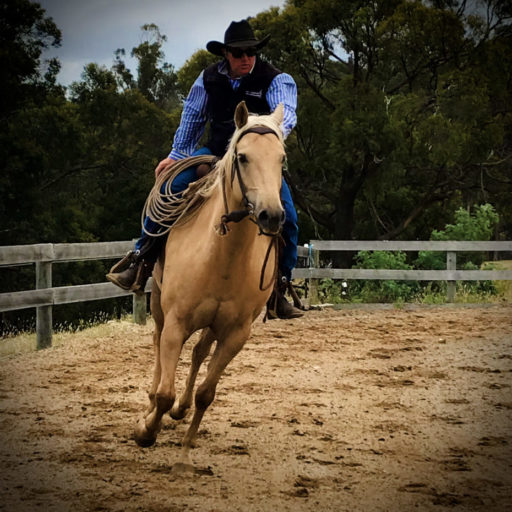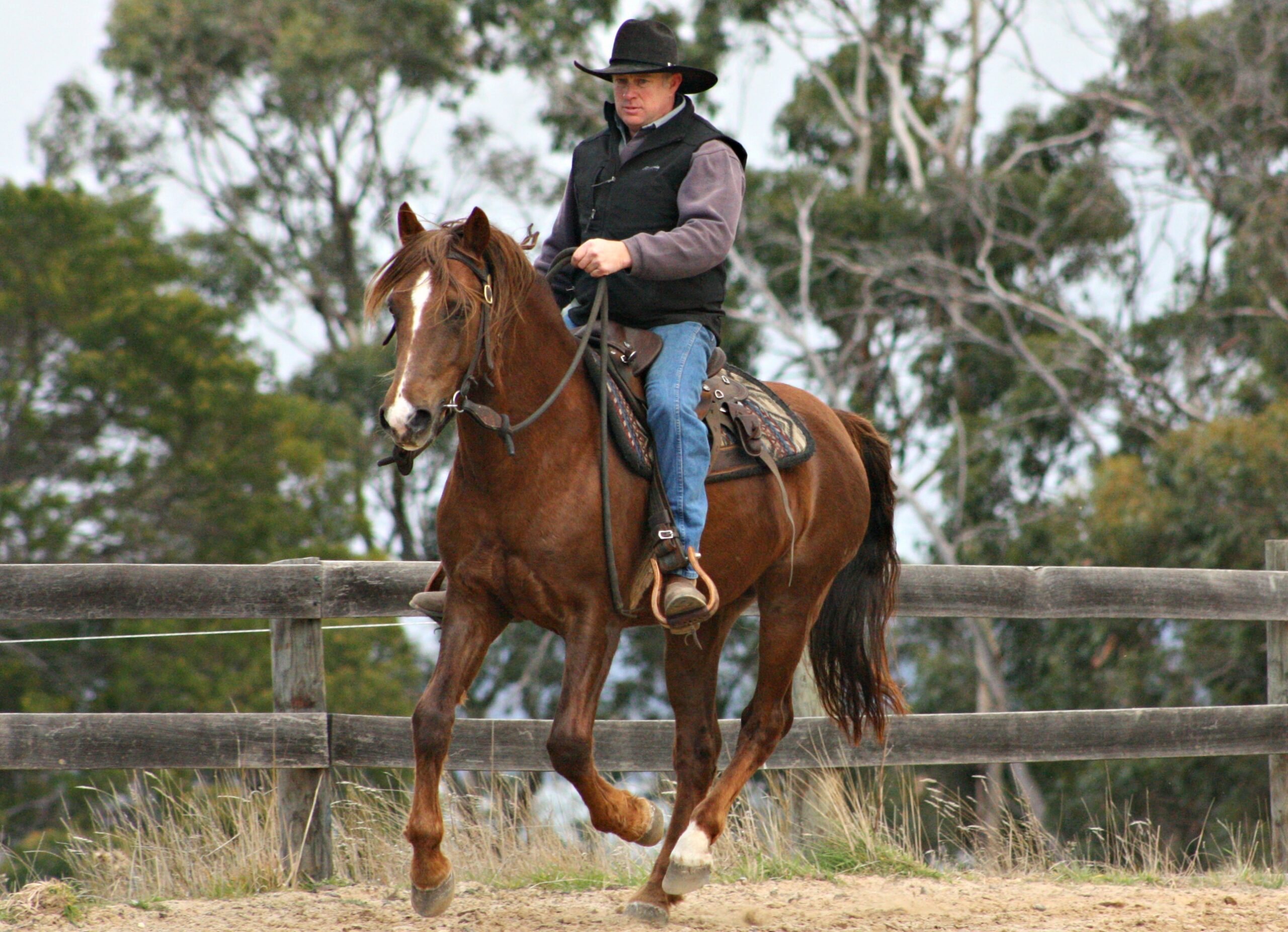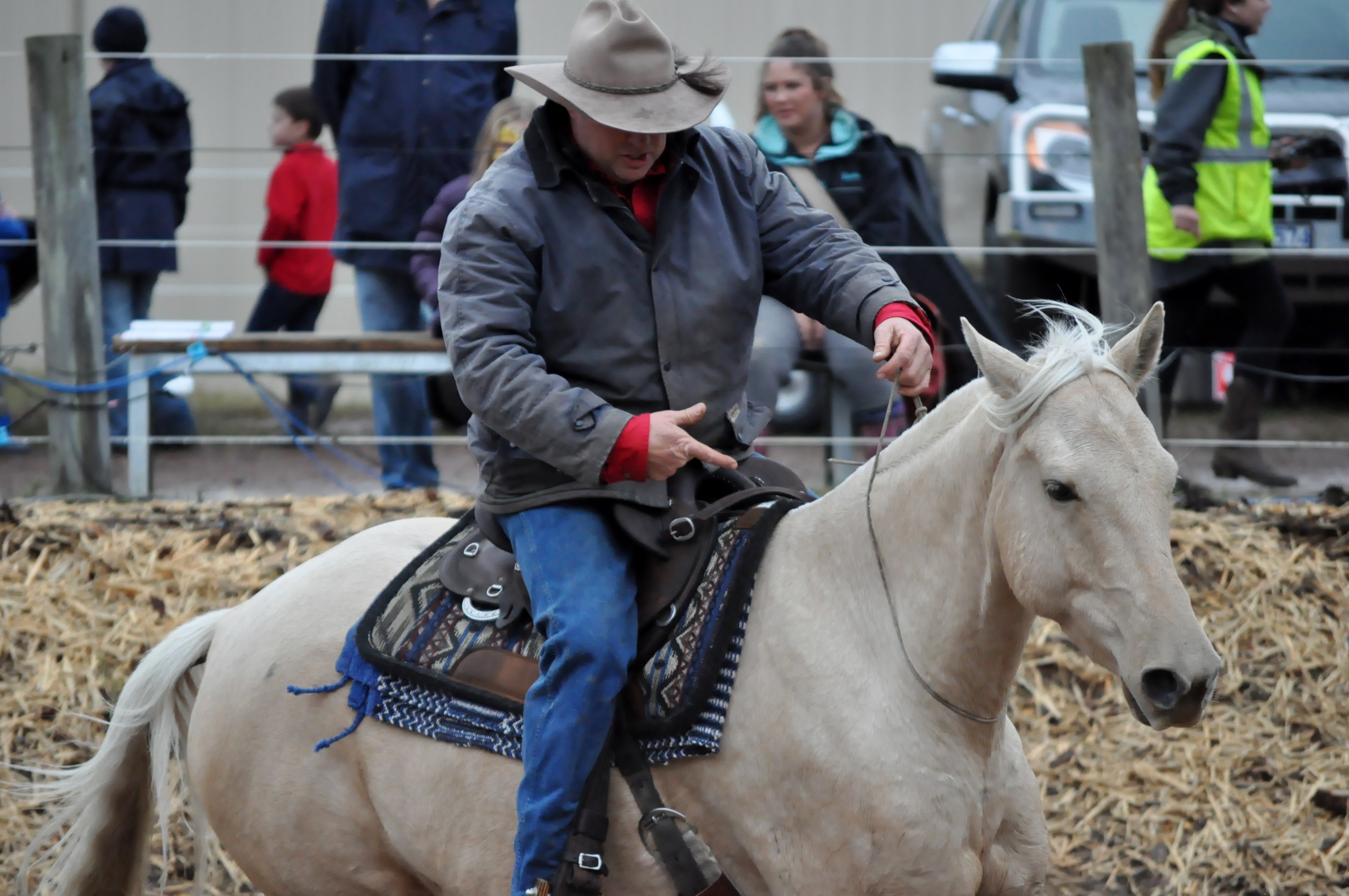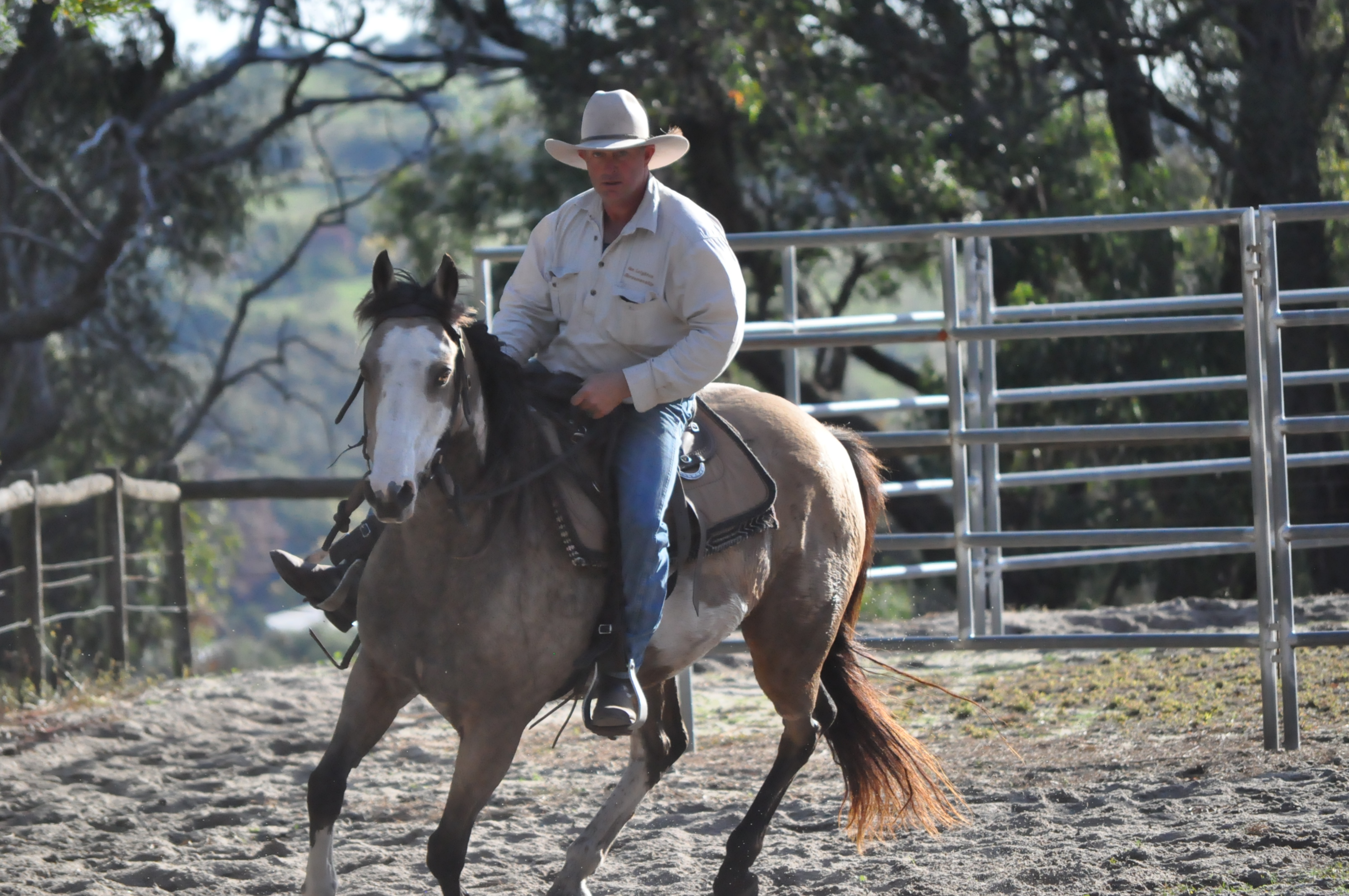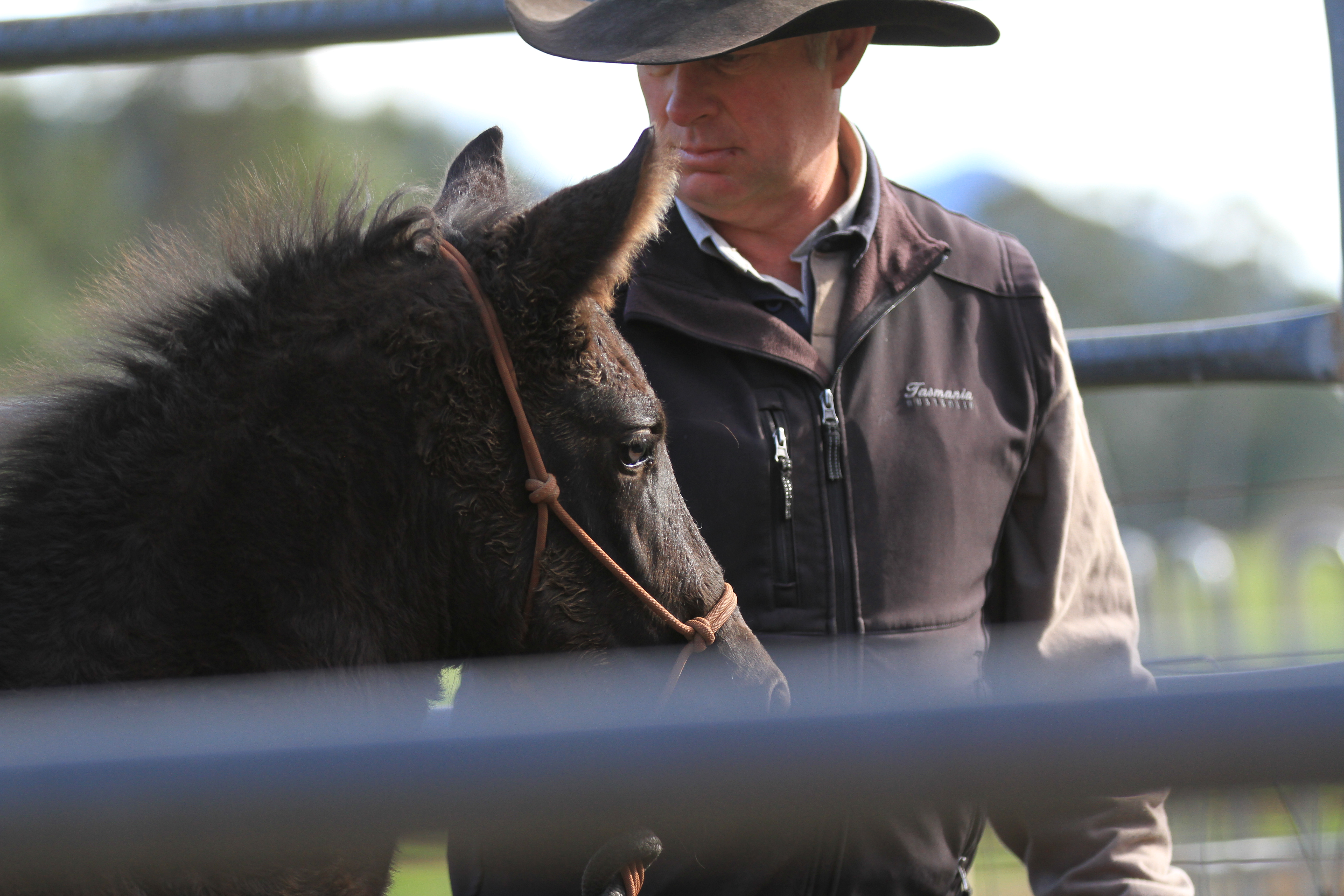
Body Language – Groundwork for Focus and Energy
 Many people associate horse riding with giving their horse a cue to elicit a response, but how do riders get on with a horse that hasn’t been trained to respond to cues, or with a horse they want to take further in its education?
Many people associate horse riding with giving their horse a cue to elicit a response, but how do riders get on with a horse that hasn’t been trained to respond to cues, or with a horse they want to take further in its education?
Riders can greatly increase their ability to teach in a way that a horse can understand, without it having had any previous exposure to what is being taught. They can also work in a manner that does not over-stimulate their horse, reducing the likelihood of eliciting a rushed, unbalanced or reactive response. This will help them to be able to direct their horse with the appropriate amount of energy, whilst maintaining a relaxed composure.
What do horses already understand, without training?
“Horses are born with, or develop early in their lives, a natural ability to read the focus and body language of another horse, and that of other animals, developing an understanding of their physical intent.
I guess we don’t think about it enough at times but so much of the horse’s natural behaviour patterns are related directly to their evolution as a prey animal. While selective breeding over the years has changed this for some, many breeds have built on the natural qualities of their ancestors for speed, agility and alertness. Reactions that would have been a huge advantage for prey animals to evolve with would have been an ability to ‘read’ and process the places where a predator’s attack may occur and manoeuvre accordingly to avoid this.
The horse’s ability to ‘read’ the intent of other horses would also be helpful to avoid collisions if they happen to be running fast in a large herd. You only need to see a foal running beside its dam when they are startled or run in fear, to see how it mirrors the mare’s movements and direction, appearing to be attached by an invisible cord. Consider how quickly and accurately they must process this information to avoid collisions and attacks.
When you see young horses being sent-off by older herd members for apparently no, or very little, reason, it makes sense that it is because that is how they learn to avoid a potentially fatal attack at some time in their future. An older horse always seems to gain quite a reactive response from a younger herd member and many believe it is all about respect of a more alpha horse.
I believe there may be a much more critical reason than has become accepted by many horse people. It makes sense to me that it’s more to do with the longer-term well-being of the herd and that it’s an evolved mechanism to assist in the learning of how to avoid becoming the victim of predators.
Nearly everything that has naturally evolved in the animal world is about the betterment or future survival of the species.
HOW does knowing about this help us train our horse?
Having some understanding of the nature of equine body language and intent gives handlers the ability to direct their horse during the process of teaching ground work and to understand how they may conduct themselves in order to lift up or lower energy levels or gain responses without directly chasing their horse.
Let’s take a horse learning to follow a feel on a lead-rope as an example.
One of the most common problems I see in ground work at the many workshops or clinics I teach in, is an inability for people to control their horse’s energy when asking it to move off during ground work.
 To help the horse understand where we want it to go, focus and energy can be increased, thereby using our presence like another horse would.
To help the horse understand where we want it to go, focus and energy can be increased, thereby using our presence like another horse would.
Often handlers will ask by leading out with the rope and then chasing the horse away with a flourish of the flag or stick or the end of the rope, causing the horse to take flight in an erratic or rushed way. For overly desensitised horses, their reaction may be to ignore the handler and stand their Continue reading THE IMPORTANCE OF BODY LANGUAGE
